Intro
Respiratory Syncytial Virus (RSV) is a common and highly contagious virus that affects people of all ages, but it's most severe in young children and older adults. RSV infection can cause a range of symptoms, from mild to severe, and it's essential to recognize the signs to seek medical attention if necessary. In this article, we'll delve into the 7 signs of RSV, its causes, risk factors, and what you can do to prevent and treat the infection.
RSV is a significant concern for parents, caregivers, and healthcare professionals, as it's a leading cause of hospitalization in children under the age of one. According to the Centers for Disease Control and Prevention (CDC), RSV infects nearly all children by the time they reach two years of age, and it's estimated that RSV causes approximately 57,527 hospitalizations and 2.1 million outpatient visits each year in the United States. Understanding the signs and symptoms of RSV is crucial to provide timely and effective treatment.
The virus spreads quickly through close contact with an infected person, contaminated surfaces, and airborne droplets. RSV can cause a range of illnesses, from mild cold-like symptoms to severe respiratory infections, such as bronchiolitis and pneumonia. Recognizing the signs of RSV is vital to seek medical attention if necessary and to prevent the spread of the virus to others.
Introduction to RSV
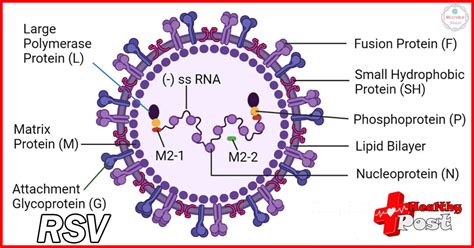
Causes and Risk Factors
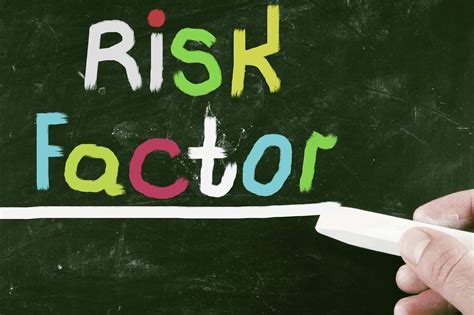
7 Signs of RSV
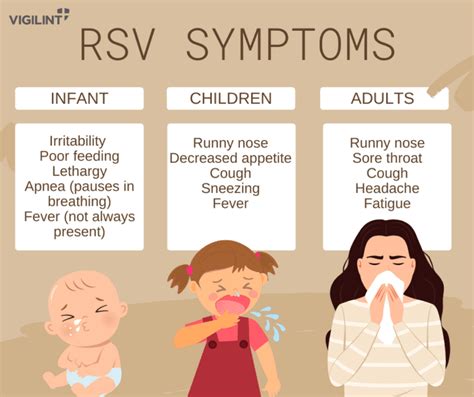
Runny Nose and Congestion
A runny nose and congestion are common symptoms of RSV infection. The virus can cause the nasal passages to become inflamed, leading to increased mucus production and congestion. This can make it difficult to breathe, especially in young children and infants.Coughing and Sneezing
Coughing and sneezing are also common symptoms of RSV infection. The virus can cause the airways to become inflamed, leading to coughing and sneezing. This can be especially problematic in young children and infants, as it can lead to respiratory distress.Treatment and Prevention
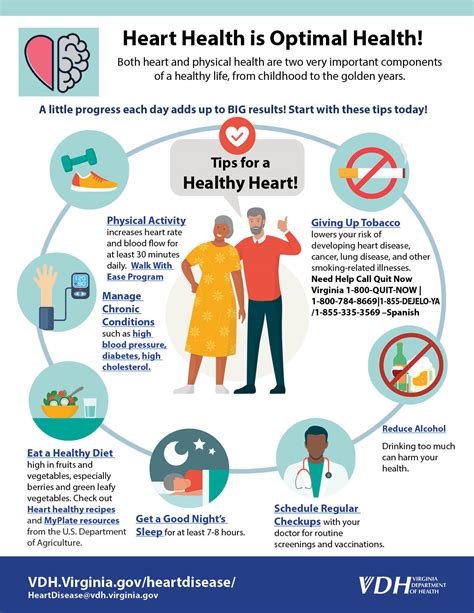
Prevention is key to reducing the spread of RSV. This can be achieved by:
- Practicing good hygiene, such as washing hands frequently and avoiding close contact with infected individuals
- Avoiding sharing utensils, toys, and other personal items
- Keeping surfaces and objects clean and disinfected
- Avoiding exposure to tobacco smoke and other airborne pollutants
Complications of RSV
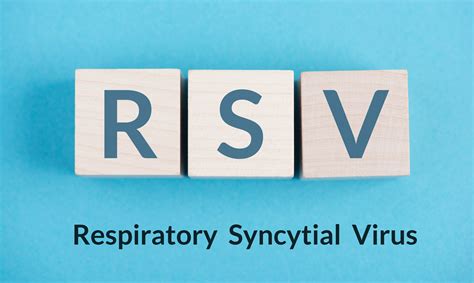
Diagnosis and Testing

Conclusion and Next Steps

We invite you to share your thoughts and experiences with RSV in the comments section below. Have you or a loved one been affected by RSV? What steps have you taken to prevent and treat the infection? Your insights and stories can help others better understand the virus and its impact.
What is RSV and how is it spread?
+RSV is a highly contagious virus that can affect anyone, but it's most severe in young children and older adults. It's spread through close contact with an infected person, contaminated surfaces, and airborne droplets.
What are the symptoms of RSV?
+The symptoms of RSV include runny nose and congestion, coughing and sneezing, fever and headache, loss of appetite and fatigue, wheezing and shortness of breath, apnea (pauses in breathing) in premature infants, and vomiting and diarrhea.
How can I prevent RSV?
+Prevention is key to reducing the spread of RSV. This can be achieved by practicing good hygiene, such as washing hands frequently and avoiding close contact with infected individuals, avoiding sharing utensils, toys, and other personal items, keeping surfaces and objects clean and disinfected, and avoiding exposure to tobacco smoke and other airborne pollutants.
What are the complications of RSV?
+RSV can cause a range of complications, especially in high-risk individuals. These include bronchiolitis, pneumonia, apnea, and respiratory failure, which can be life-threatening.
How is RSV diagnosed and treated?
+Diagnosing RSV typically involves a physical examination and medical history. Healthcare professionals may also use various tests to confirm the diagnosis, such as rapid antigen detection tests, PCR tests, and chest X-rays. Treatment options include over-the-counter medications, humidifiers and nasal aspirators, oxygen therapy, and hospitalization, in severe cases.
